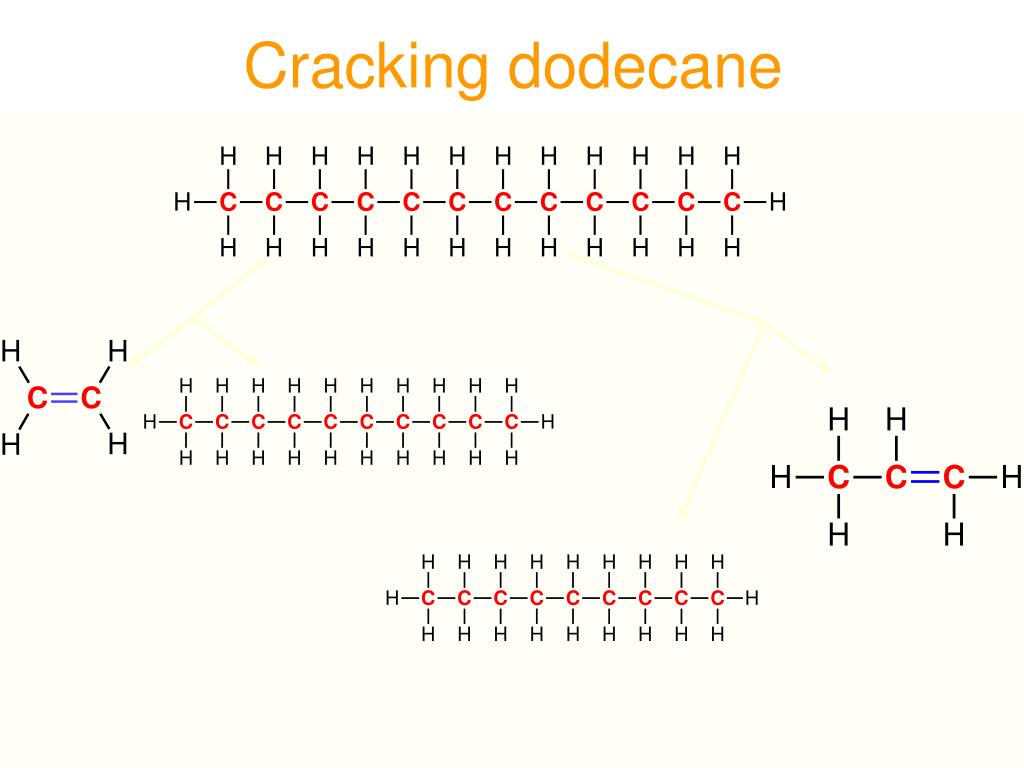
As a result, the gas yield of the HZSM-5/metal foam sample had the maximum values.įigure 4 shows the gas yields and product compositions obtained during the thermal and catalytic cracking of n-dodecane at 550 ☌ and 4 MPa. The gas yield of the HZSM-5 pellet decreased to 19 wt % after 30 min of reaction, but the other yield values decreased to 17 wt %. The gas yield of HZSM-5/metal foam was 25 wt %, and this value remained stable for 30 min.

Unlike the coated catalysts, no rapid deactivation was observed for the other systems. After 10 min of reaction, the gas yield of HZSM-5/metal foam was 33 wt % and that of the AC-673/metal foam sample was 26 wt %, indicating rapid catalyst deactivation. The lowest gas yield of 27 wt % was obtained for the HZSM-5 pellet with small heat transfer efficiency due to the low reaction temperature. The stainless-steel tube and metal foam could act as metal catalysts however, their efficiencies at 450 ☌ were very low (a temperature of 500 ☌ or higher is typically required to activate metal catalysts). Its magnitude was relatively low because the corresponding processes did not involve catalysts. The next gas yield value of 29 wt % was obtained for both thermal cracking and metal foam only. At 0 min of each reaction, the highest gas yield values were achieved for HZSM-5/metal foam (47 wt %) and AC-673/metal foam (43 wt %). Note that the gas products are favorable for an endothermic reaction because gas formation enthalpies are relatively high. The other samples were collected at 10 min intervals. The 0 min sample was taken immediately after the beginning of the reaction. As shown in Figure 2, the large peak at 650 ☌ was assigned to the decomposition of activated carbon to form carbon monoxide and carbon dioxide from the result of NH 3-TPD with an MS detector. Moreover, the yield of the gas product could be higher through the contribution of the radical mechanism at a high reaction temperature. (30) Since the carbon contained many elemental compounds and active sites, the hydrocarbon fuel contact with functional groups to undergo a cleavage reaction. The OH, C–N, and C–O–C functional groups presented on carbon were the factors that affect the catalytic cracking. The weak acid sites of AC consisted of many functional groups such as carboxyl, hydroxyl, ether, carbonyl, ketone, etc. However, the activated carbon sample contained a small amount of weak acid sites because there is some NH 3 desorption in Figure 2.

The HZSM-5 sample contained weak and strong acid sites. Figure 1 shows the presence of three different types of profiles on their surfaces: weak acidic site (100–300 ☌), strong acidic site (300–500 ☌), and carbon monoxide and carbon dioxide (500–800 ☌). The chemical endotherm derived from catalytic cracking and dehydrogenation can be enhanced by utilizing a proper catalyst.įigure 1 displays the NH 3-temperature-programmed desorption (TPD) profiles with a thermal conductivity detector (TCD) detector, and Figure 2 displays the NH 3-TPD with an mass spectrometer (MS) detector. (8) Another approach is cooling by a chemical endotherm that absorbs heat in the course of an endothermic reaction. (6,7) One approach is cooling by a physical endotherm (sensible heat), which represents a fixed amount of heat absorbed due to a temperature increase.

(2−5) They involve several cooling approaches. To resolve this issue, cooling technologies using liquid hydrocarbon fuels have been proposed recently. The methods based on cryogenic fuels (such as liquid hydrogen) require storage tanks with relatively high capacities due to the low density of these fuels, causing safety problems.

(1) Various cooling technologies using cryogenic or liquid hydrocarbon fuels have been developed to reduce the frictional heat of hypersonic vehicles. During the flight of a hypersonic vehicle, the temperature of the aircraft surface reaches 3300 ☌ due to frictional heat, leading to serious problems such as structural deformation and electronic equipment failure.


 0 kommentar(er)
0 kommentar(er)
